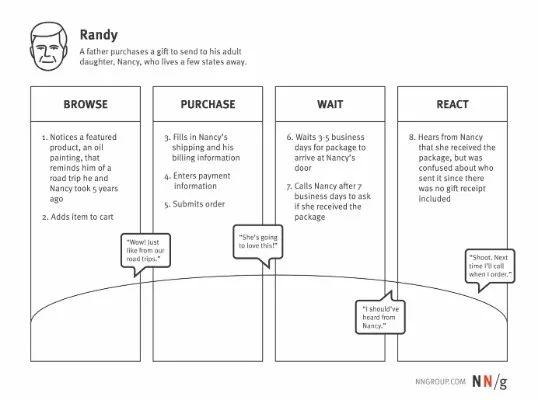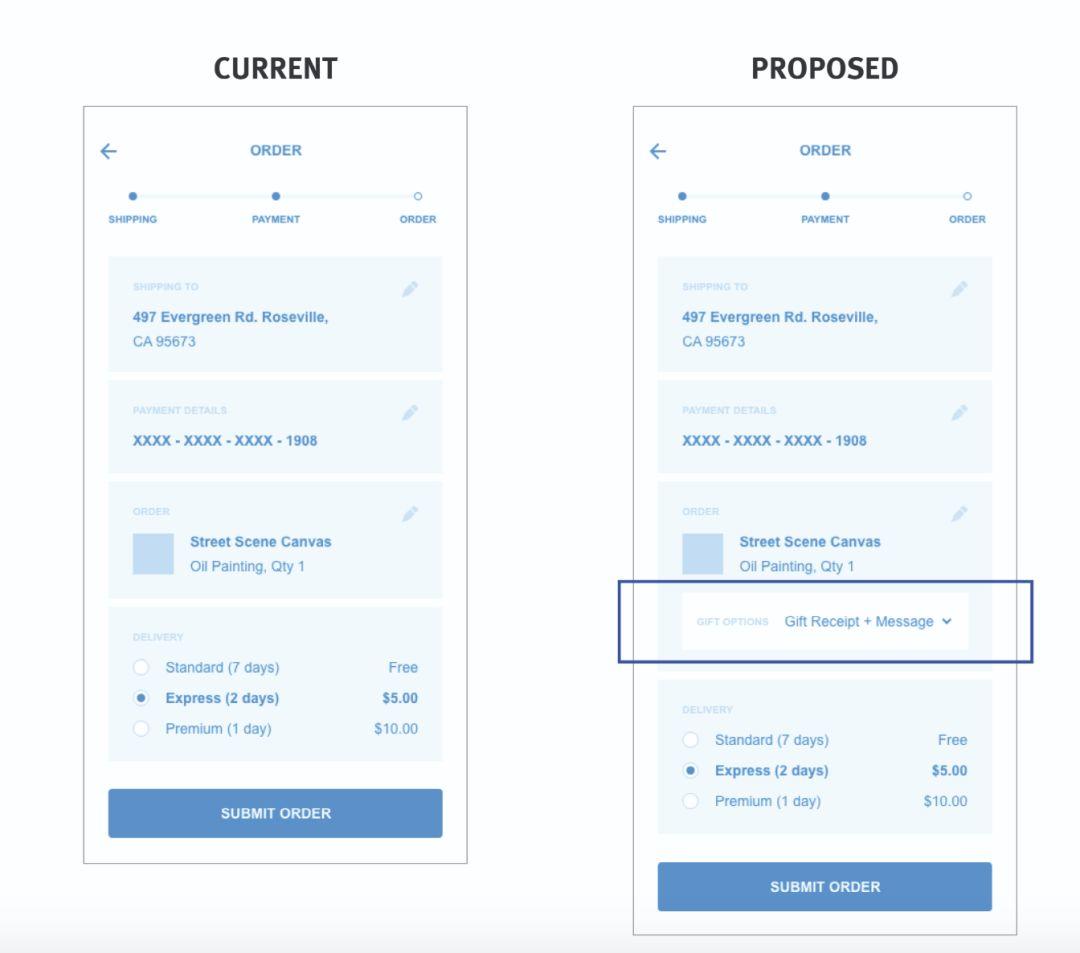Storytelling can quickly build an empathy that resonates strongly with your users’ needs and pain points. How to tell a story well? Requires language that the audience can understand; argues with data; uses clever tricks to grab the audience’s attention.
Storytelling is one of the ways we share ideas and experiences. Using raw data alone is not enough to convince our team and stakeholders to go on a project or to prove one’s results. Through storytelling, we can try to connect our data to other people.
In our work as UX designers, we use stories to help create a shared vocabulary, focus the team on a common goal, and convince stakeholders to ultimately buy the product. A UX story is a communication tool that can be used in place of a checklist of tasks that is tedious away from the user.
They provide a natural and engaging way to share behaviors, opinions and attitudes.
If you’re working on usability testing tasks, discussing insights from research, and delivering design ideas, you’re already using the story method. Storytelling can feel uncomfortable in many business settings, but this rich form of communication can help persuade or call to action, ultimately improving the design at hand.
This article is devoted to the use of stories in the design process. That said, the intended audience for stories to which our observations and recommendations apply are your own team members, not your end users.
The benefits of storytelling
1. Stories help us explain difficult concepts
Providing additional context helps our audience relate to a concept. This additional context can refer to the form of behavior, emotion, response, motivation, or goal. Unlike flowcharts, storytelling allows audiences to understand the reasons behind user behavior; they remind our audience that they are not users.
2. Stories can present a picture and generate new ideas
When we read a book, we describe it as the author gives us or takes us into the immersion. We experience the same thing in the story. Instead of describing every detail the user wants, give your audience some freedom to envision the solution.
3. Stories can help us reach a consensus
Thinking about how to build a product often involves a list of features. Stories bring user pain points and goals to the forefront of the conversation, and help teams create a common language for why they’re building a product or feature, and who it’s good for. These stories can also be used to cluster around a product vision, depicting how the product will be used in life.
Six Ways to Tell a Story
1. Use vocabulary that the audience can understand
In this article we define the word “audience” to mean any story listener, who can be a multidisciplinary team member, shareholder, customer, third-party partner, etc.
Our goal was to resonate with our audience, which was hard to do when we didn’t say something they could understand. Know your audience’s industry and terminology and incorporate those words into your story so they can put themselves in the story.
For example, if your audience is a manufacturing customer using an assembly line process, you should know the machine being used, the steps of the assembly line, and any product-specific terminology. If you don’t use vocabulary that works for your audience, you risk losing their attention and credibility.

2. Meet the needs of the audience
While understanding your audience’s terminology, you need to know what your audience cares about. Are they only interested in how much the product will cost? Do they have strict schedules to follow?
These worries run through their minds as you tell your story, so you’ll want to ease them as quickly as possible. When your stakeholders are primarily concerned about the speed at which their users navigate the workflow, focusing on flashy UI design can make them uncomfortable and suspicious of your solution. Think of your audience as personas: that is, understand what their needs and frustrations are when they come to this meeting.
3. Support your point with real data
A compelling story cannot be without hard facts to back up that narrative. Help your narrative with insights from qualitative or quantitative tests, minimizing doubt and gray areas. When your audience asks questions, you can use this data to support your answers.
For example, if in a recent usability test you got negative feedback during the buying process, you can tell the story of how you witnessed users stumble through the workflow. Use real quotes from usability testing and show the user how the user completes the task.
4. Focus on the entire experience, not just one part
Your users don’t just exist in your app. What drives them to use your app? In what scenarios would they use it? Consider the context of use: what do your users do before, during, and after the product they use? What is distracting them? Understanding these elements will help your audience resonate with what they are going through.
For example, ask your audience to think in the shoes of your users, “Let’s say you’re a single parent with two kids, a busy full-time job, and you need to do all the extracurricular activities on your calendar.” The story Get your audience to imagine these responsibilities of their own and keep them out of their own perspective.
5. Pair your stories with specific methods for easy memorization and alignment
Storyboards, characters, travel maps, and research reports provide viewers with something concrete that helps them recall specific details when the story is brought up at a later time.
For example, by pairing your story with a travel map as you discuss each step of the user’s journey, you can allow your audience to rate the user’s overall satisfaction. Or, show the storyboard while telling the story, allowing the audience to see the user’s environment.
6. Maintain a general outline of the story
Summarize your story or meeting with a brief email or other communication for better memorization. If a decision was made based on this story, include what and why.
If a decision is questioned on later progress, you have this follow-up action to refer to.
Using Storytelling at Work
1. Research and Strategy
Tell the story through a compelling research report. You can combine images with relevant case studies, diagrams, and photos from usability tests to give your audience some connection beyond words.
For example, let’s say you’re doing checkout work for a novelty gift shop’s website. You interview a user and he will tell you about his recent purchase of an item:
Simba is a father who lives far away from his grown children but likes to give them gifts every now and then. He found the perfect gift for his daughter – it reminded him of when they used to go on road trips together. He sent the package directly to her home several states, but didn’t include the gift receipt because he didn’t realize he could do it. When his daughter received the package, she didn’t know who sent it or why she received it, so she didn’t know who to thank.
When writing your research report, use Simba’s story as a case study and attach a storyboard or travel map as a visual representation. Consider including a photo or illustration of him to get your audience to put a person’s name.

2. Interaction and Visual Design
When communicating your design ideas, communicate like your users, through design or interaction. Use usability testing and other qualitative data to support your reasons for making certain design decisions.
For example, you could show the audience the original design that Simba (our protagonist above) used to buy gifts. Then come up with ideas for your new design, using the same scenario; point out how gift selection will be easier in this new version to allow Simba to include gift receipts and information with his purchases.
Looking back at the story and using it as a scene to design something better can help your audience make decisions based on Simba’s needs rather than their own preferences. It also gives additional context for why you made certain design decisions.

Conclusion
Storytelling helps our audience put themselves in the perspective of our users. When they think in this light, they have more information to make decisions that will benefit users in addition to the business.
